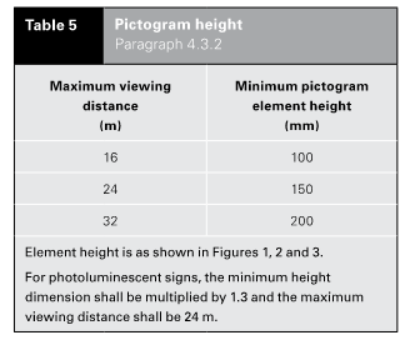Recently I was asked about when window restrictors are required in a dwelling unit of a Part 9 building. The Building Code sets many occupant safety requirements to protect occupants from falls, including from windows. For dwelling units, the restrictions are set in Article 9.8.8.1. for Part 9 buildings in the 2024 British Columbia Building Code.
Within dwelling units, openable windows are required to be protected by a guard or be restricted from opening more than 100 mm in either the horizontal or vertical direction, by a device commonly referred to as a window restrictor, where the bottom edge of the openable portion of the window is less than 900 mm above the finished floor and the drop on the other side is more than 1800 mm, measured from the bottom edge of the openable portion of the window to the adjacent floor or ground.
In most traditional home design, window rough openings are placed at 36 or 42 inches (915 or 1067 mm) above the floor. This design approach allows avoiding a guard or window restrictor, as the bottom edge of the openable portion of the window exceeds the minimum 900 mm above the finished floor.
However, where additional window area is desired in the design with the bottom portion of the openable window located less than 900 mm above the finished floor, a guard or window restrictor can be avoided where the window is placed adjacent to the ground, a patio, or a balcony that is not more than 1800 mm below the opening. In many cases, windows on the lower-level of a house can meet the 1800 mm height limitation. For upper-level windows, balconies can be provided to avoid a window restrictor.
Another approach is to not make the window openable. However, in the case of bedrooms in an unsprinklered Part 9 building, an openable escape window is required to be provided. In this case, the escape window requirement must be met, which does not allow for use of a window restrictor or placement of a guard in front of the window opening. In essence, the escape window requirements dictate that the openable portion of the window must be located more than 900 mm above the finished floor of the bedroom where the exterior height to the adjacent ground, patio, or balcony is more than 1800 mm.






